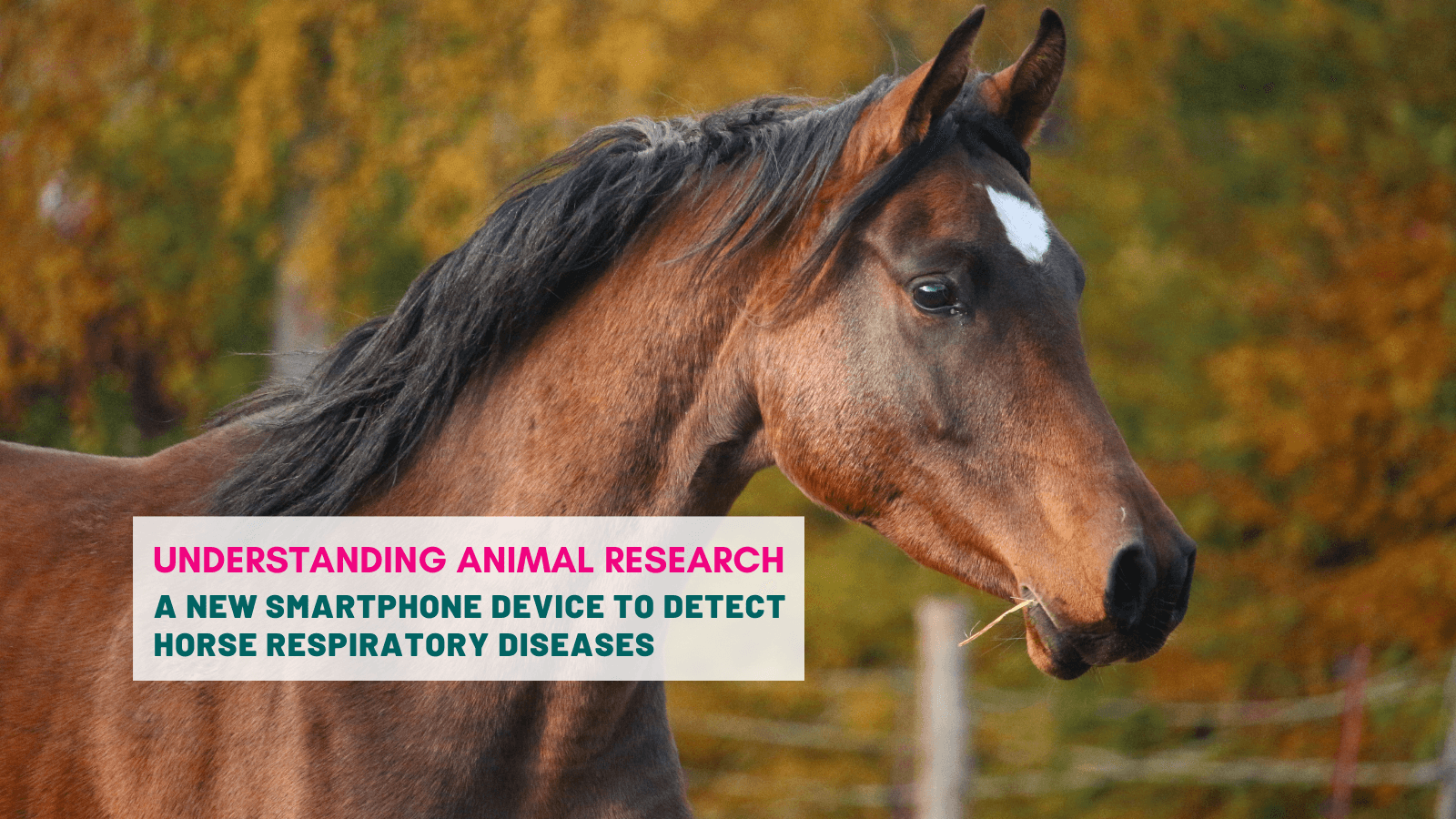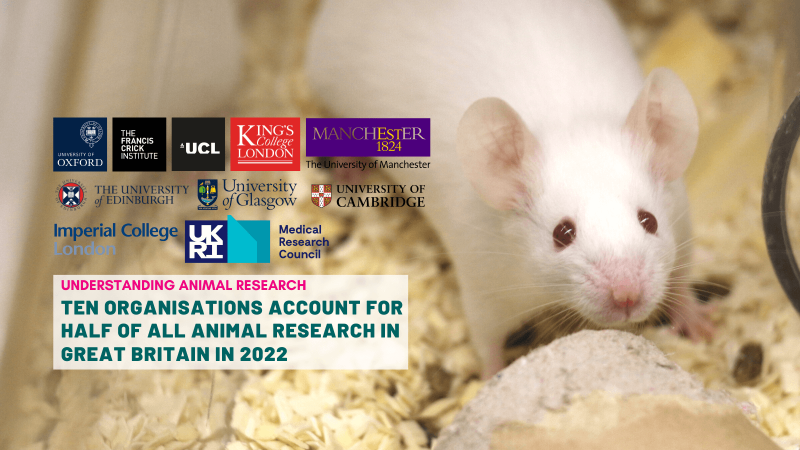Researchers designed a new chip that allows anyone to identify equine viral respiratory diseases in 30 mins, onsite. This small and rapid diagnostic smartphone device could potentially be adapted to detect virus such as COVID-19 in humans.
Rapid and accurate screening and detection tests are essential to control epidemics, and particularly so for easily transmissible respiratory infections. Having a reliable fast diagnosis allows for speedy treatment and containment strategies that can limit the spread of the pathogen. Speed and accuracy are key.
Although COVID-19 dominates our news, respiratory diseases can take all shapes and sizes and can affect many species. For example, birds can catch the flu, contract COVID-19, a common cold, or tuberculosis. Whether in humans or birds; many diseases of the upper respiratory tract often cause similar clinical signs which often make them particularly hard to identify without the appropriate tools.
And without those tools, it is difficult to implement a correct strategy to defend against the pathogens. So what are the solutions?
The issues facing human and animal transmission of respiratory diseases are very similar in terms of collection of samples by nasal swab, laboratory-based assays using polymerase chain reactions (PCRs), and interventions that suppress disease spread such as quarantine and distancing from others.
And although a variety of diagnostic methods are available to detect and identify infectious diseases, the more traditional methods generally require bench-top instruments handled by trained personnel in a remote lab. The handling, the experiments, the transport… each step imposes a time delay, even more so if multiple tests need to be performed to identify a virus or disease.
Ideally the system could be improved by allowing anyone to test at home, work or wherever for multiple pathogens at once, with a single test.
With this in mind, researchers have developed a new system that uses a small ‘chip’ and a smartphone camera to rapidly detect and identify equine diseases. Their system could potentially be adapted and applied to human respiratory viruses like COVID-19.
Respiratory infectious diseases in horses are quite common. A wide variety of pathogens, such as equine influenza virus (EIV), equine herpesvirus (EHV) – also known as rhinovirus – and Streptococcus equi subspecies equi (S. equi) – better known as strangles, can equally cause a runny nose, fever, cough, and fatigue. It is essential that the culprit is detected as fast as possible so that the right treatment can be given and the animals suffering reduced.
Having a diagnostic test coupled with your smartphone could be instrumental in fighting these diseases.
The new system detects viral material (viral RNA_ present in nasal swabs. It can amplify it, using a silicon chip, and label it fluorescently. Several compartments of the chip test for different viruses. Any smartphone camera can then view this fluorescence. A green light means a virus is present.
In just 30 minutes, the chip can detect a viral presence, test for multiple viral pathogens simultaneously, and identify the culprit. And all that, on site, with a smartphone and a chip the size of a SIM card.
In theory, anyone could own this device to allow early-stage diagnosis to facilitate early medical intervention and provide rapid alerts of local outbreaks. By using the mobile device as a detection instrument, data collection can be seamlessly integrated with telemedicine platforms that facilitate epidemiology reporting and sharing test results with a vet. This is potentially a significant step in effective equine infection surveillance and control.
While the test has been developed and approved initially to detect equine respiratory viruses (equine influenza, HVE-1 and -4,), its applications are not limited to these types.
This new technology could find a place in the fight against many viruses and in multiple species. The researchers hope that, tweaked to detect SARS-CoV-2, the new device could be useful in the fight against the current COVID-19 pandemic.
The next not insignificant step is to commercialise this diagnostic system, so that it is available for use outside the lab.
Last edited: 30 August 2023 12:21




